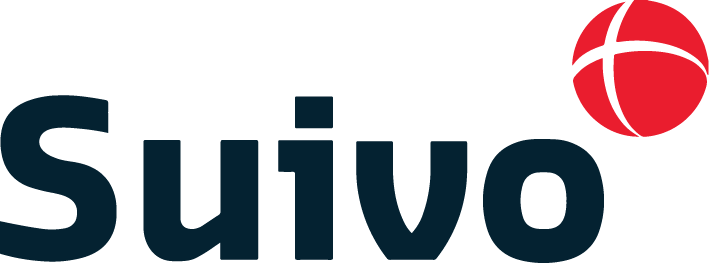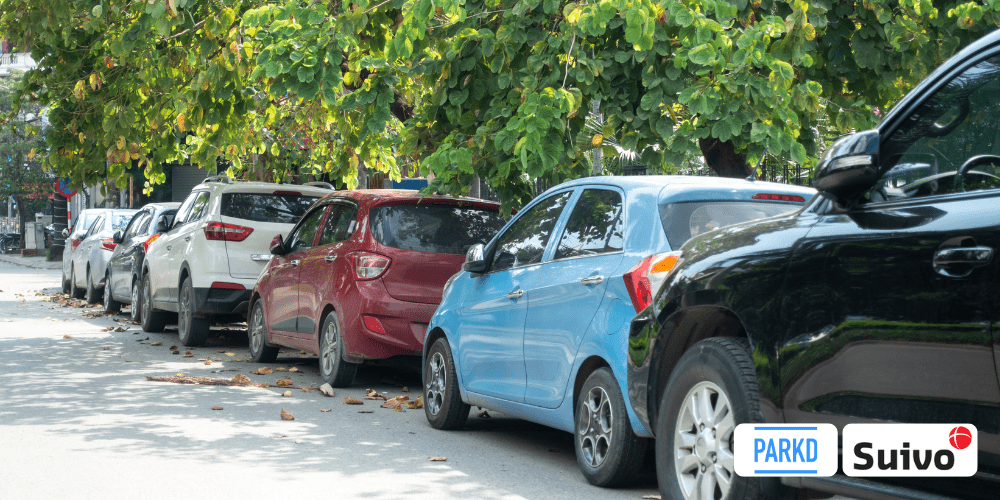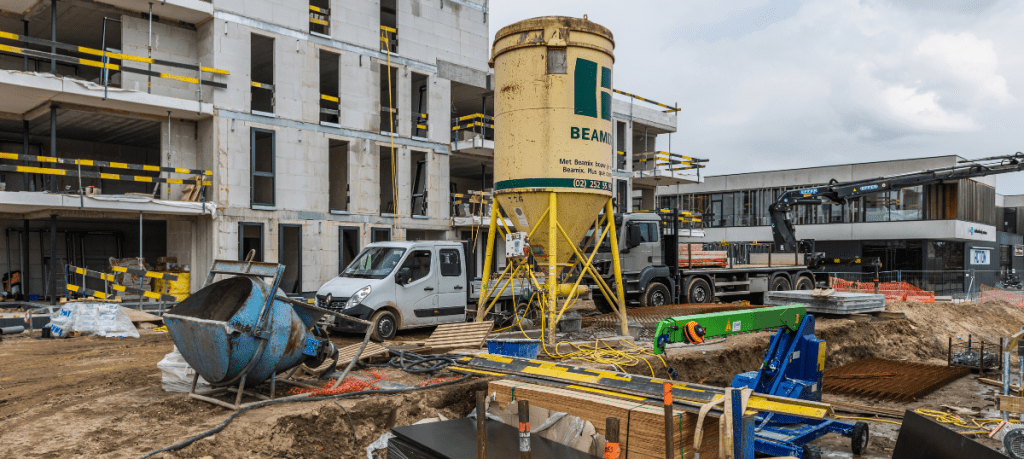Trends, COVID-19 and the impact on local customers
An American multinational in telecom acquired in 2016 a telematics company based in Dublin. The biggest telematics supplier from The Netherlands was sold to a Japanese multinational auto and truck parts manufacturer in 2019. And more recently, a Nordic company took over a Benelux telematics solution end 2020. It’s clear that the vehicle, machine and asset tracking platform sector has undergone some significant changes. And that’s even before we consider the impact that COVID-19 is likely to have on platform centralization and the opportunities this could create for new takeovers.
It’s time to look at the organizations that use these tracking platforms. What is the impact on the products they use? Do they need to worry about continued support for the hard- and software components they currently use? What about the local legal requirements? Or country specific solutions? Will they need to switch to a new system within a certain timeframe or can they continue using the old platform, knowing that there is unlikely to be much development in the future?
Asset tracking and critical daily operations
Vehicle, machine, and asset tracking is critical for daily operations, with construction and utility companies increasingly using asset tracking platforms to manage their fleet of vehicles, machinery, small tools, and other equipment. These organisations understand that it’s more than just knowing where an asset is, it’s about guaranteeing the safety of employees, planning projects so deadlines can be met, ensuring transparency of machine usage to help manage the costs of complex projects, and more.
It’s also important to have the right vehicle, machine, and asset tracking platform and the right assistance from suppliers as they continue to develop and support their systems. To give an example, legal requirements about check-in-at-work, km registration, km compensation, time registration (CAOs), mobility compensation, etc. are constantly evolving and it’s essential that your tracking platform is updated with each change. Tracking platform suppliers that offer local knowledge and development teams are a good solution.
Your asset tracking platform supplier has been taken over. What next?
So, what happens if your local supplier is taken over? 20,000 is a huge number of customers for a Benelux supplier. But what happens if a global player with 300,000 or more customers takes over? How relevant are these local customers when they represent less than 10% of the total customer base? Will their requests be heard? Will a legal change that only affects a small minority be a priority on the global roadmap which is managed for 300,000 customers?
How engaged is your asset tracking platform supplier?
We’ve noticed that customers are increasingly concerned about these questions, and we completely understand. To help you ensure that your organisation will be in the hands of a truly engaged supplier, we’ve created a list of critical points for you to check.
- Hidden costs
As the expression says, there’s no such thing as a free lunch. So, if you’re offered the tracking hardware for (almost) nothing, where are the hidden costs? And, if it turns out that it really is free, then you’re probably the product. In which case, it’s up to you to decide if that’s okay for your situation and check that the hard- and software has the functionality you need, including being able to work with all your vehicles, machines, and assets, and being able to connect with tachograph or CAN-bus (if required).
- Hardware specifications
What about the autonomous equipment and asset trackers: do they have the same specifications as the hardware you are using now? Same battery lifespan? And the same connectivity quality? Lastly, is the supplier offering the same coverage in the Benelux as they do elsewhere, for example, in the US or the Nordics?
- Does one size fit all?
Do you need a one size fits all approach to asset tracking? Or do you need to combine both active and passive tags for material and tool tracking? It’s worth checking what you need and what the supplier can provide, as some suppliers are more flexible than others.
- Mobile apps
Is there a mobile app available? If so, will it match your needs as you expand in the future? And what functionalities can you use today? Possible functionalities include an overview of all assets, damage reporting, asset booking for projects, inventory or inspection lists, check-in-at work, time registration, delivery and transport scheduling, and eco-driving monitoring. Even if you don’t use these functionalities now, would they (and/or other functionalities) be useful in the future? And are these functionalities available in your country?
- General and industry specific features
Does the asset tracking platform offer vertical products and solutions (to be used in all industries) as well as comprehensive features needed in your specific industry? For example, you might need check-in-at-work, km allowance, time registration (CAOs), or mobility compensation features.
- References
Take a look at the organisations that already use the asset tracking platform: are there relevant and recognised references from your industry based in other countries? If not, what is the likelihood that the new platform will be made to fulfil your specific requirements?
- API options
API connections are essential for ensuring smooth integration with your other software packages. So, ask your asset tracking platform supplier about the API options they foresee, how they are charged (especially if the platform changes and the interface needs to be updated to local players), and if there are any new API costs and what they cover.
- Technical issues
What happens if there is a technical issue? Will your asset tracking platform supplier be able to repair the problem quickly? Is it possible for a technician to visit your site or are all technical employees based in a central location with only a commercial team in the Benelux? As much as we don’t like to think about it, sometimes you need to think about the support your organisation can rely on in the worst-case scenario.
Changing for the better
But it’s not all negative. Change and disruptions always give us the chance to change for the better. So, look at it as an opportunity and evaluate the actual systems you currently have available and what your organisation needs to live up to its future potential. Consider:
- What is your current system missing?
- What have you always wanted to improve or streamline, but nobody listened?
- How happy are you with the user interface and mapping features?
- Would you prefer to have a more modern look and feel?
- Do you need more frequent data and map updates?
- Would more users make the tracking system more efficient and increased the overall benefit of the system?
- Is this the right time to implement a more modern time registration system that almost completely eliminates administration effort?
In other words, instead of simply jumping from one supplier to another, this is the ideal time to compare different platforms. So, make a list, dream big, and take the chance to change!




